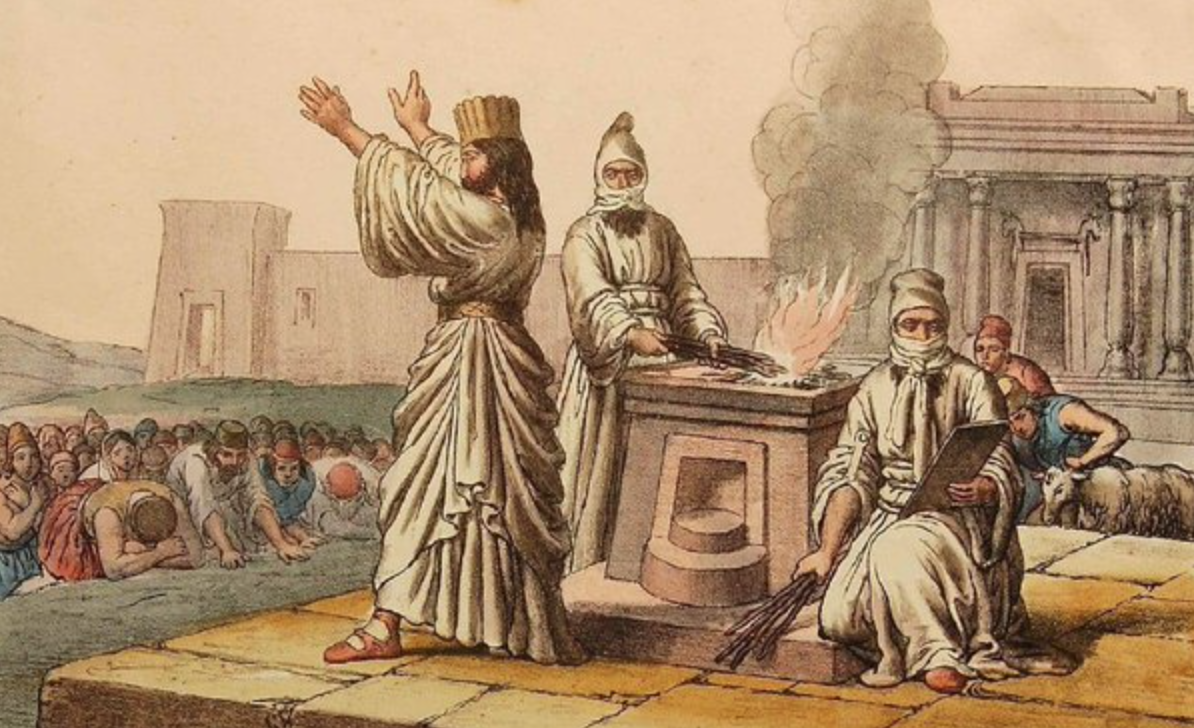Comparing the forms of three Iranian/Zoroastrian, Arabic/Islamic, and Kurdish/Mithraist governments
Abstract
The Middle East is burning in the inflammation of ethnic and religious crises. On the one hand, old empires are being revived in the guise of modern Nation-State: the Iranian government is trying to revive the old Persian Empire with the ideology of the Shiite crescent/Helal, as well as the Arabs with the ideology of Islam in the form of ISIS or nationalism in the form of Baath and Saddam. Similarly, Turkey is reviving with the ideology of neo-Ottomans. On the other hand, the relative democracy of Kurdish regional governments in Iraq (Bashor) and Syria (Rojava) are under threat and pressure from all three governments. What are the political and cultural roots of the Middle East crises? Why every effort to the renaissance in the Middle East contrary to the west instead of democracy and progress led to fundamentalism despotism. In answer, many views and analyses have been presented that unfortunately lack a theoretical and historical basis. The purpose of this article is to understand the conceptual-historical roots of crises in the Middle East by comparing the three state religions of Iran/Zoroastrianism-Shia, Arab/Islam, and Kurdish/Mithras in the past present that determined their future, which is rooted in their Political imagination and cultural and historical unconscious. Ethnic will is the main cause of the crisis, which is in the illusion of reproducing the greatness of the old empires and uses government and religion as tools.
